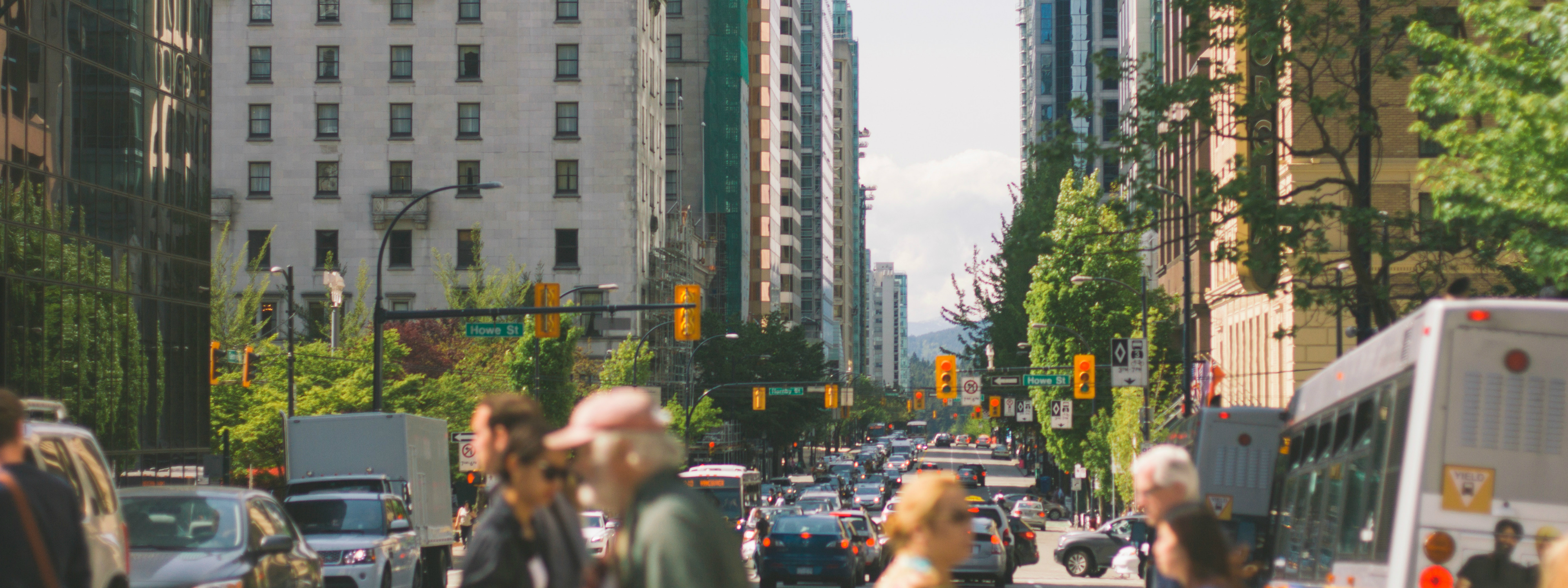Compendium of Best Urban Forest Management Practices
Chapter 21. Air Quality, Climate Change and Urban Forests
Return to the Compendium homepage here:
Compendium of Best Urban Forest Management Practices →

Compendium of Best Urban Forest Management Practices
Return to the Compendium homepage here:
Compendium of Best Urban Forest Management Practices →
Urban forests play an integral role in air quality improvement. Trees reduce temperatures and mitigate the heat-island effect through evapotranspiration; they sequester the emission of greenhouse gasses by removing carbon dioxide from the atmosphere; they remove air pollutants by trapping particulate matter in their leaves, needles and bark. Strategies to help improve air quality include: sustaining healthy large-stature trees; planting trees in heavily populated or polluted areas; and considering long-lived and low maintenance trees for plantings. These strategies help to increase pollution removal; reduce long-term pollutant emissions from power plants and maximize the air quality benefits that trees provide.
Climate change puts urban forests at risk. Extreme weather events, long-term temperature changes, droughts, and new diseases and invasive species can damage or kill trees. Urban forest managers can reduce the impact of climate change by developing policies and budgets for effective, sustainable urban forestry. Conserving large natural areas, and promoting connectivity between these areas, may increase urban forests’ ability to adapt to climate change by allowing plants to spread their genes between areas. Additionally, conducting proper tree maintenance, planting diverse species, and selecting species that can tolerate stressful environments can help mitigate the impacts of climate change on urban forests.
Carbon calculators for urban forestry:
Non-Canadian online resources:
Irga, P. J., Burchett, M. D., & Torpy, F. R. (2015). Does urban forestry have a quantitative effect on ambient air quality in an urban environment? Atmospheric Environment, 120, 173-181. https://doi.org/10.1016/j.atmosenv.2015.08.050
Livesley, S. J., McPherson, E. G., and Calfapietrac, C. (2016). The Urban Forest and Ecosystem Services: Impacts on Urban Water, Heat, and Pollution Cycles at the Tree, Street, and City Scale. Journal of Environmental Quality, 45(1), 119-124. https://pubmed.ncbi.nlm.nih.gov/26828167/
Metro Vancouver 2050: A Mecca of Biodiversity-Led Green Infrastructure: http://act-adapt.org/wp-content/uploads/2019/04/ACT_MV2050_Final.pdf
Nowak, D. J., Hirabayashi, S., Bodine, A., & Greenfield, E. (2014). Tree and forest effects on air quality and human health in the United States. Environmental Pollution, 193, 119-129. https://doi.org/10.1016/j.envpol.2014.05.028
Navigation